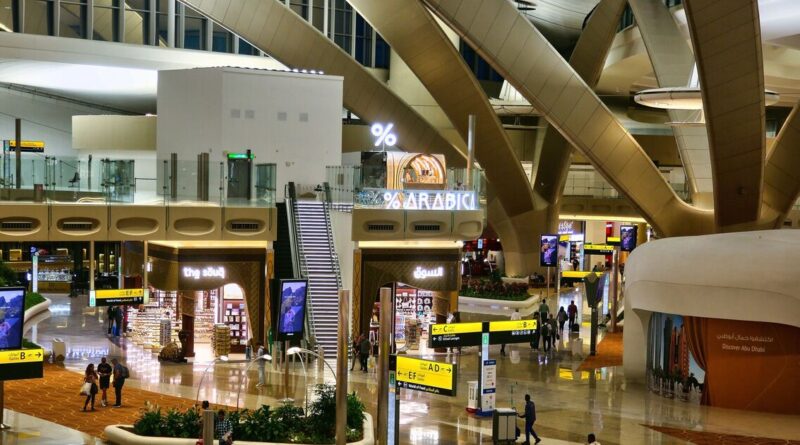World’s most beautiful airport cost £2.3bn and dominates city skyline | World | News
The huge airport, built at a cost of £2.3 billion, has been named the “world’s most beautiful” as it strengthens its position as a global hub. The Zayed International Airport in Abu Dhabi, formerly known as Abu Dhabi International Airport topped a list of over 400 airports.
The airport, named in honor of the UAE’s Founding Father, the late Sheikh Zayed bin Sultan Al Nahyan, claimed the top distinction ahead of Felipe Ángeles International Airport in Zumpango, Mexico, which was recognised for its celebration of the country’s indigenous cultural heritage.
Kohn Pedersen Fox architects created the airport’s new architectural design. The roof is a defining feature, serving both aesthetic and functional purposes.
Its sweeping, rolling design creates dramatic shadows visible from miles away and helps reduce energy consumption by shading the building and minimising heat gain.
The structure’s imposing presence dominates the Abu Dhabi skyline, making a strong visual impact even before travellers arrive.
The 50-meter-tall glass facade creates a monumental entrance, evoking a sense of awe and insignificance in comparison to its scale.
Once inside, the architectural narrative continues with sky-high arches, which serve as both structural supports and artistic features, enhancing the terminal’s grandeur and atmosphere.
Elena Sorlini, managing director and chief executive at Abu Dhabi Airport said: “Zayed International Airport embodies the UAE’s vision for the future of aviation, blending ambition with innovation, and a commitment to shaping the future of airport experiences.
“This is a very proud moment for Abu Dhabi Airports, which is made even more significant as it coincides with our first anniversary and the Eid Al Etihad 53 celebrations. It is a moment of great pride for Abu Dhabi and the UAE.”
The terminal is designed in an X-shaped layout, featuring four piers, each representing one of Abu Dhabi’s natural elements: desert, sea, city, and oasis.
This thematic approach integrates the region’s identity into the airport’s structure.
Cultural significance is woven throughout, from Islamic geometric patterns incorporated into the design to displays of traditional crafts and artifacts in designated areas.
Travellers are also treated to authentic Emirati hospitality, with Arabian coffee and dates freely offered, creating a welcoming and immersive cultural experience.





